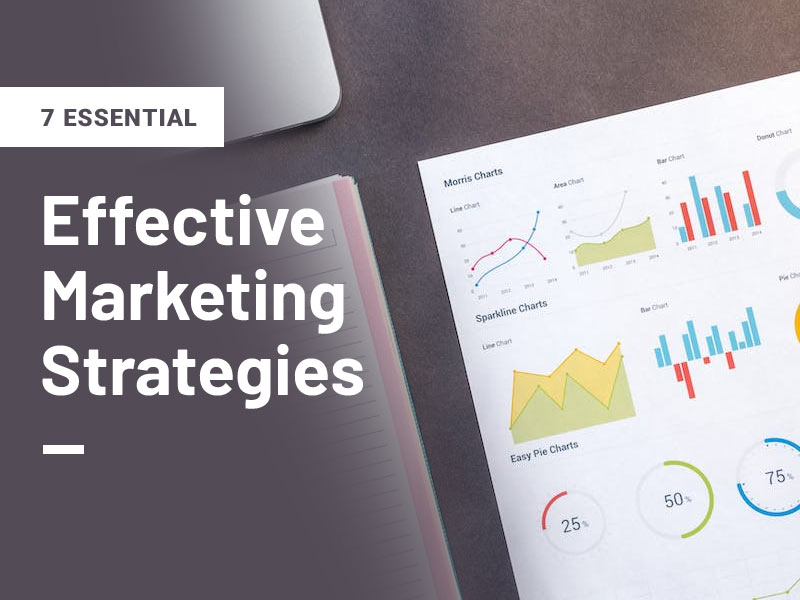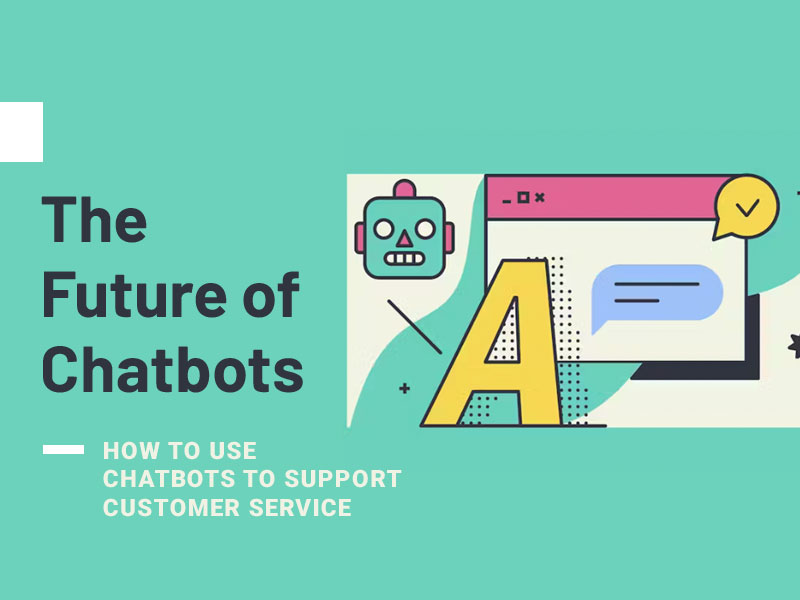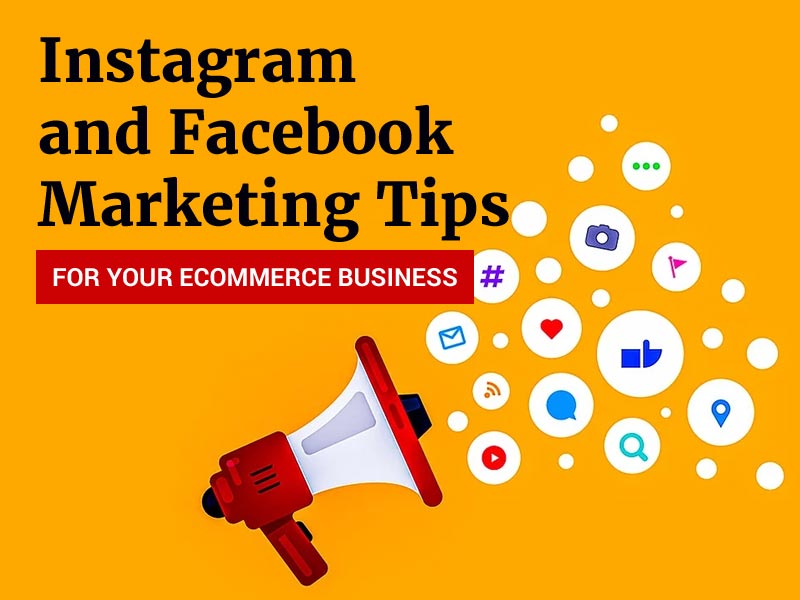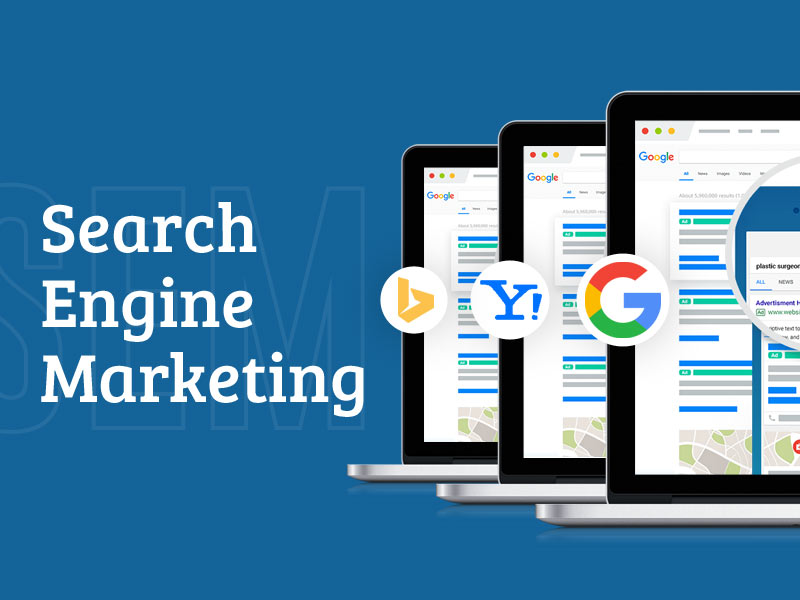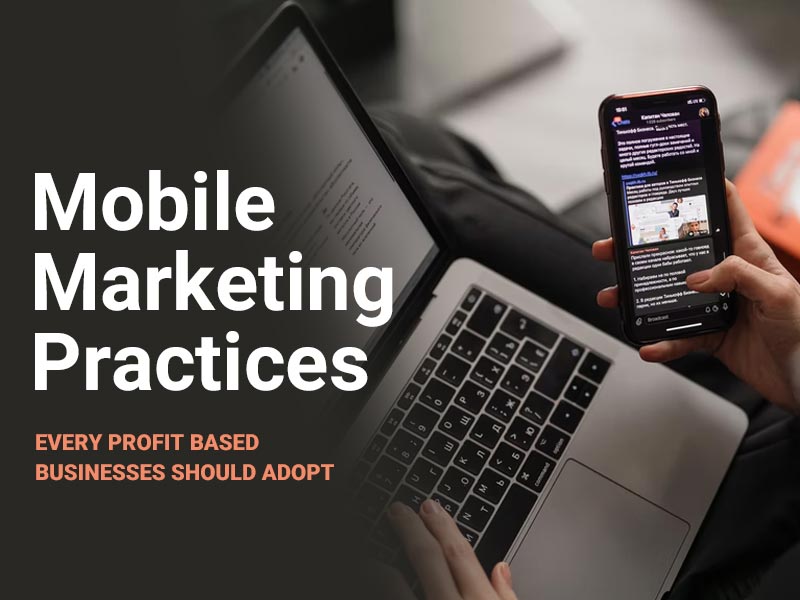As the digital and global market continues to evolve, effective and impactful marketing strategies are becoming more important than ever for your business to succeed. An effective promotion and outreach are really important for you to connect with a targeted audience, whether it is about medical services, tech productions, consultation, or any online businesses. This article is going to highlight some effective strategies for the readers to enhance their marketing efforts.
When it comes to success in the modern business sector, good marketing strategy is integral. There are many actionable tips that you can employ in order to develop an effective marketing strategy. Implementing even a handful of these best practices can positively impact brand visibility, engagement, conversions, and loyalty.
1. Truly Understand Your Target Customer Profile
The first critical step is to understand your ideal target audience intimately. Conduct thorough market research and analysis to uncover customer demographics, common pain points, the needs of consumers, buying behaviors and motivations, and other insights that drive decisions and preferences. This kind of deep understanding will help you to create messages that resonate, offer products or services that meet real needs, and develop marketing strategies that effectively engage and convert your target audience.
For example, if you offer medical marketing services, research should determine if your best-fit audience is hospitals, private practices, urgent care centers, medical spas, or specific specialties like orthopedists or pediatricians. Identify decision-maker roles and marketing influencers. Discover preferred content types and formats as well as the ideal media channels. Quantify market size and demand. This in-depth knowledge will allow you to create segmented lists and tailored messaging that aligns with what prospective customers truly value.
2. Clear Goals and Key Performance Indicators
Your marketing objectives need to be defined clearly. Then, tie your objectives to the high business goals, that are brand awareness, lead generation, customer achievement, and retaining. Ensure SMART objectives.
Identifying the KPIs (key performance indicators) is very important to gain marketing success. Examples include website visitors, email open rates, content downloads, free trials generated, quote requests, closed deals, retention/renewal rate, and net promoter score. Track these KPIs to reveal what strategies deliver results and which need adjustment.
3. Strategically Marketing Through Social Media Platforms
Social media has an expansive reach and is a valuable channel for brands to engage with the desired audiences directly. Conduct an audit to look for the platforms that your audience actively uses. Then make profiles for your brand and create engaging content formats that align with every platform’s functionality – like going live on Facebook, posting reels and images on Instagram or Pinterest, or long-form text on LinkedIn. Foster community through responsive engagement. Participate in dialogues and answer comments and questions. Provide value without hard selling. Measure clicks, follows, shares, engagements, and conversions.
4. Developing Programs with Content or Email Marketing
Content or Email marketing strategies revolve around consistency, curating, and creating valuable, relevant, and compelling content to attract the target audience. This builds trust and credibility with your target demographic. Conduct keyword research to produce optimized online content that ranks highly in search and addresses audience needs or questions. Distribute content across multiple platforms like blogs, videos, and podcasts. Consider integrating with email marketing campaigns to segment contacts and promote personalized content.
5. Optimize Websites for Organic Search Through SEO Practices
Most website traffic comes from unpaid, organic searches, so search engine optimization (SEO) is essential. Use keyword research tools to identify terms and themes that prospects search for. Optimize pages and content accordingly, incorporating keywords naturally in titles, headers, URLs, meta descriptions, and body text.
It’s also a good idea to acquire backlinks via guest posts, partnerships, and mentions. Review analytics for top landing pages and apply SEO improvements. The higher your pages rank in SERPs (search engine results pages), the greater visibility your medical marketing services receive within search.
6. Run Retargeting and Paid Ad Campaigns
Beyond organic efforts, paid advertising and retargeting help expand reach. Retargeting relegates your brand by serving ads to previous visitors across sites they browse post-session. Create customized audience lists based on behaviors like email opens, content downloads, abandoned carts, expired trials, etc. You can also repurpose top-performing content into ads.
Similarly, explore search, social media, display, and video paid ads focused on acquisition. Define goals and start small to test viability before scaling budgets. Continually evaluate cost per click, conversion rates, and ROI, and tweak approaches accordingly.
7. Continuously Analyze Data and Optimize Efforts
The most lucrative marketers continually analyze campaign metrics, insights, and trends across channels to identify winning strategies to double down on and lower-performing areas needing optimization. Be flexible and agile enough to evolve strategies and messaging in response to data.
Campaigns that worked last month may now need to be updated. What appeals to one audience demographic may not connect with another. So closely monitor KPIs, gain insights around content resonating, canvass target groups for feedback, and regularly test innovative approaches while ensuring consistent branding.
Conclusion
Implementing these well-rounded inbound and outbound marketing best practices requires significant commitment, creativity, and tools, but the payoff in brand visibility, lead generation, and conversions can be immense. What’s universal across all tactics is putting customers first – from intimately understanding your audience and what matters most to them, to creating personalized experiences that solve problems, add value, and build loyalty.
To sustain long-term growth and competitive advantage, keep a pulse on market trends, innovations, and disruptions that may impact customer needs. Be proactive in refining strategies to get ahead of changes. With smart, customer-centric, and data-driven marketing, the possibilities are truly endless.
